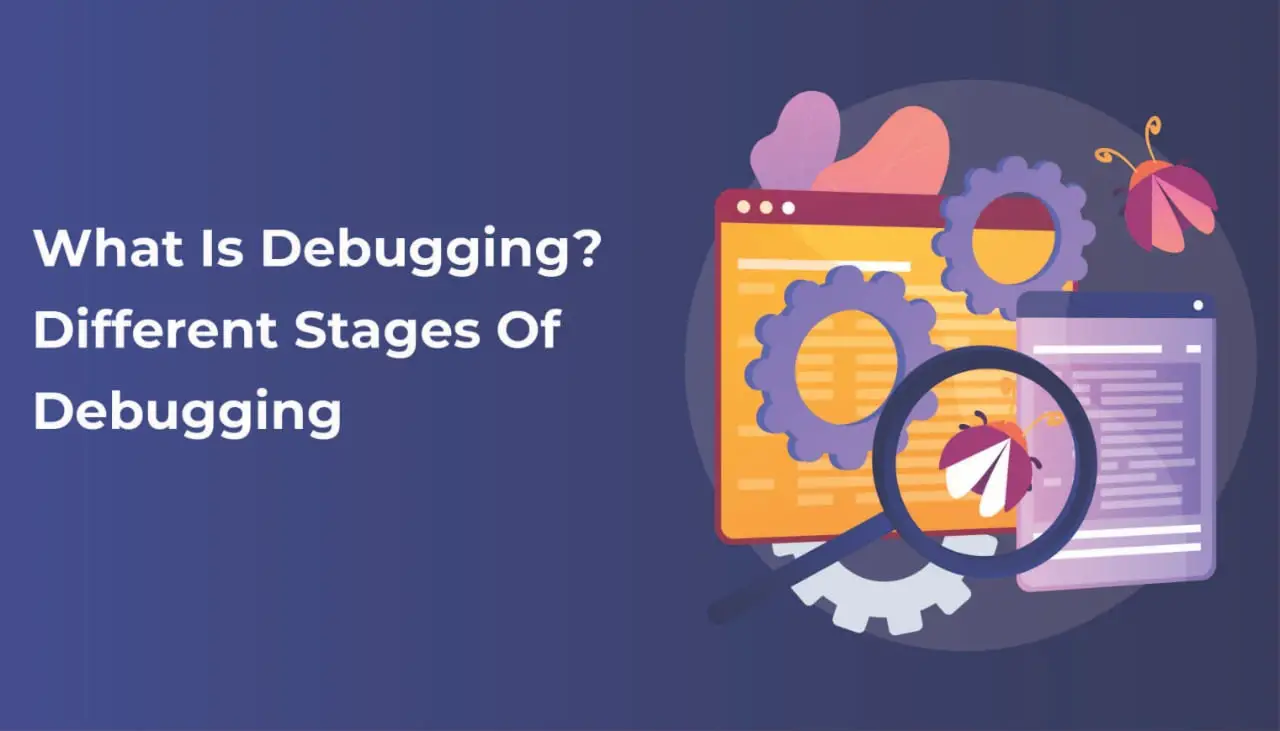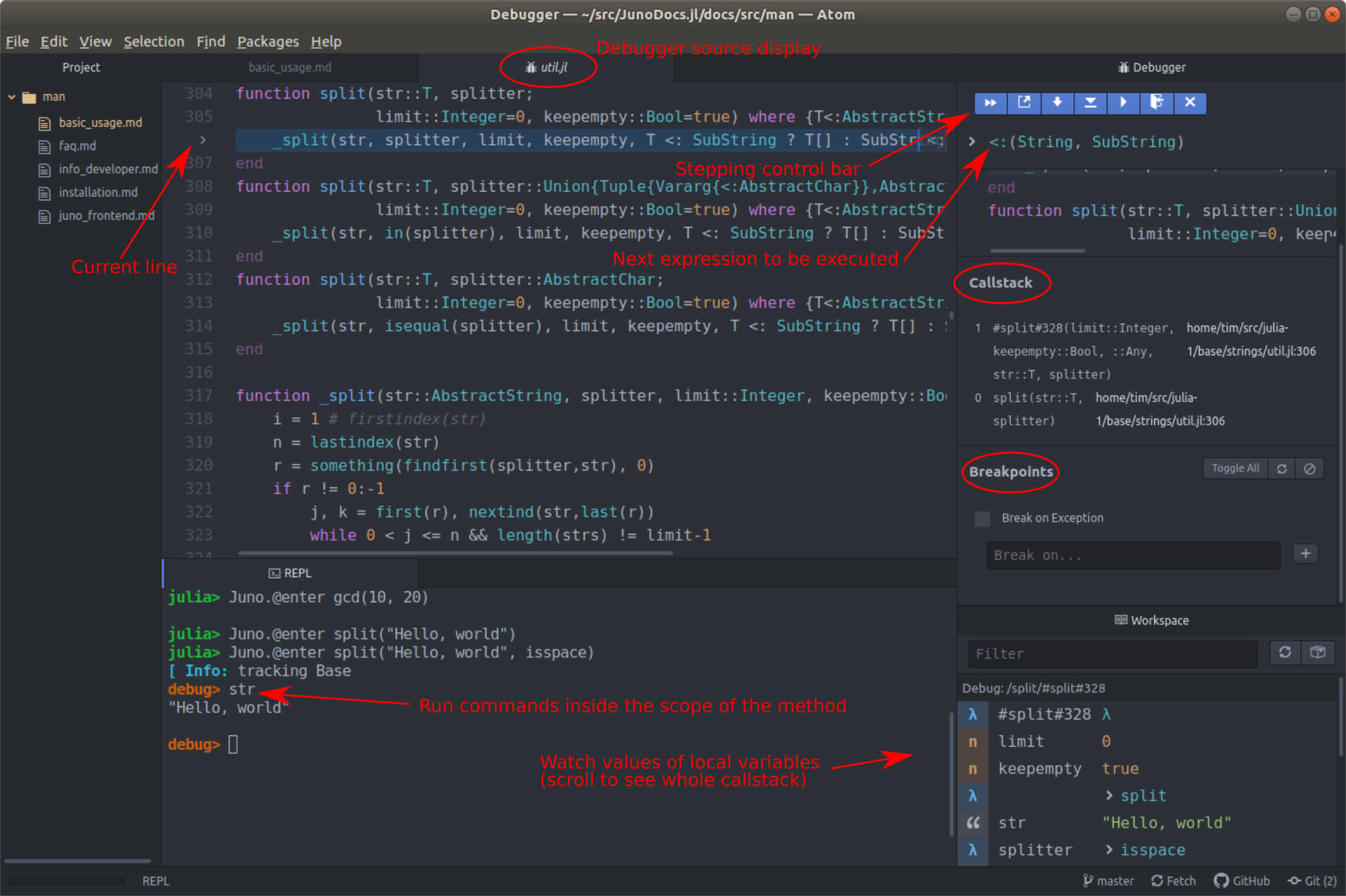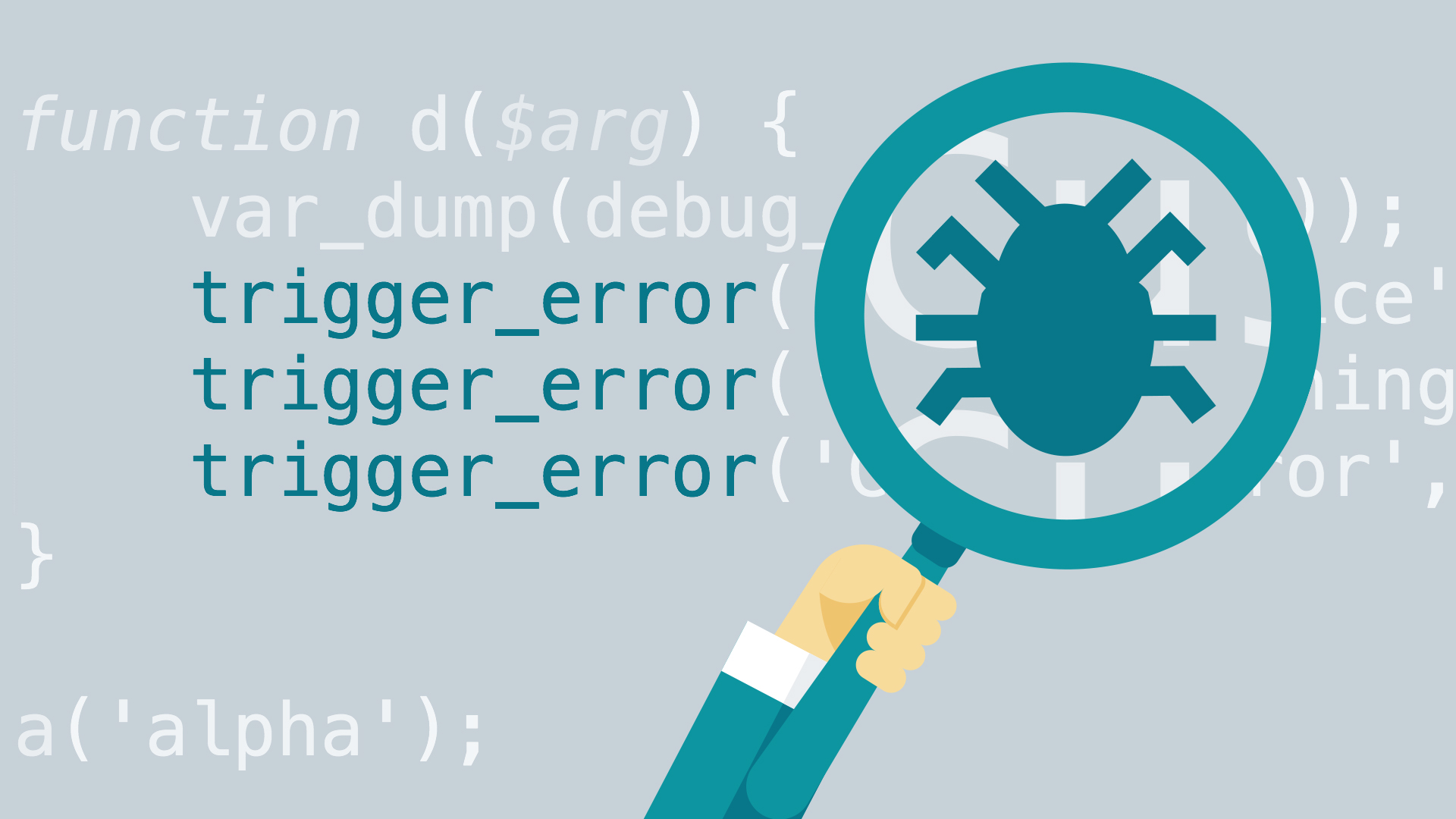Debugging ‘ora-12560: Tns:protocol Adapter Error’ in Oracle

Overview

ORA-12560: TNS:protocol adapter error is a common error encountered when attempting to connect to an Oracle database using a specific protocol adapter. This error typically indicates a problem with the network connection or configuration.

Causes
The ORA-12560 error can be caused by various factors, including:
- Firewall or network security settings: The firewall or network configuration may be blocking the connection request.
- Incorrect driver or protocol adapter configuration: The network driver or protocol adapter may not be configured correctly.
- Mismatched network protocols: The database and client may be using different network protocols.
- Listener configuration issues: The Oracle listener may not be properly configured or listening on the correct port.
- Database host is not reachable: The database server hosting the Oracle database is not reachable over the network.
Troubleshooting Steps
To troubleshoot and resolve the ORA-12560 error, follow these steps:
-
Check network connectivity: Verify that the client can access the database server over the network. Use
pingortraceroutecommands to check network connectivity. -
Review firewall settings: Ensure that the firewall allows connections from the client to the database server on the appropriate port.
-
Configure the protocol adapter: Make sure that the network driver or protocol adapter is correctly installed and configured. Verify that the Oracle client and database are using the same protocol.
-
Check listener configuration: Confirm that the Oracle listener is configured to listen on the correct port and that it is accepting connections from the client.
-
Verify database hostname: Ensure that the client is connecting to the correct database hostname or IP address.
Additional Troubleshooting Tips
- Enable debug tracing: Set the
SQLNET.TRACE_LEVELenvironment variable to 16 to get detailed debugging information about the connection attempt. - Check log files: Review the Oracle log files for additional error messages that may provide insights into the issue.
- Use the Oracle Net Configuration Assistant: This tool can help you diagnose and resolve network connection issues.
If the issue persists after following the above steps, contact Oracle support for further assistance.## Debugging ‘ora-12560: Tns:protocol Adapter Error’ in Oracle
Executive Summary
Encountering ‘ora-12560: Tns:protocol adapter error’ can disrupt Oracle database operations. This guide thoroughly examines the five prominent subtopics associated with this error:
- Network Configuration
- Firewall Settings
- Database Parameters
- Listener Configuration
- Service Names
Introduction
The ‘ora-12560: Tns:protocol adapter error’ often arises during database communication due to various configuration issues. Understanding the underlying causes and implementing appropriate solutions is crucial for resolving this error effectively. This comprehensive article provides detailed insights, troubleshooting steps, and preventive measures to help you overcome this challenge.
Network Configuration
- Check Network Connectivity:
- Verify the network path between the client and database server.
- Ensure that the network interfaces are properly configured.
- Test connectivity using ping or traceroute commands.
- Identify IP Address and Port:
- Determine the correct IP address and port of the database server.
- Check the connection string in the client application to ensure it matches the server configuration.
- Use a Static IP Address:
- Avoid using Dynamic Host Configuration Protocol (DHCP) as it can cause IP address changes, leading to communication issues.
- Configure DNS Settings:
- Ensure that the Domain Name System (DNS) settings are correct and resolve the server’s host name to its IP address.
- Rule Out Proxy Servers:
- Proxy servers can sometimes interfere with database communication. Consider disabling or configuring them appropriately.
Firewall Settings
- Check Firewall Rules:
- Review firewall rules on both the client and server machines.
- Open the necessary ports for Oracle database communication, typically 1521 and 3306.
- Disable or Configure Windows Firewall:
- If using Windows as the server platform, temporarily disable the firewall to eliminate it as a potential cause.
- Configure Network Security Group (NSG):
- In cloud environments, ensure that the NSG allows inbound connections on the specified port.
- Use a Network Traffic Analyzer:
- Use tools like Wireshark or tcpdump to capture network traffic and analyze it to pinpoint communication issues.
- Temporarily Disable Other Security Software:
- Antivirus or other security software can occasionally block database connections. Disable them temporarily to identify potential conflicts.
Database Parameters
- Modify Connection Timeout:
- Adjust the connect_timeout parameter in the database to increase the connection establishment period.
- Enable Extended Error Messages:
- Set the timed_statistics parameter to TRUE to generate more detailed error messages, providing deeper insights into the error.
- Configure Net Services Name (NSN):
- Ensure that the NSN in the tnsnames.ora file matches the service name registered in the database.
- Set Proper Encryption Parameters:
- In encrypted environments, verify that the sqlnet.ora file has the correct encryption parameters, such as encryption_client and encryption_server.
- Disable Database File System (DBFS):
- Disabling DBFS can resolve issues related to file locking, which may contribute to the error.
Listener Configuration
- Start and Check Listener:
- Ensure that the Oracle listener is running and listening on the specified port.
- Verify Listener Configuration:
- Review the listener.ora file to ensure it has the correct host, port, and service name information.
- Configure Multiple Listeners:
- If using multiple listeners, verify that the desired listener is active and associated with the appropriate database instance.
- Disable Shared Server Mode:
- Shared server mode can sometimes cause communication errors. Disable it if not required.
- Increase Max Queue Size:
- Adjust the max_queue_size parameter in the listener.ora file to accommodate a higher number of connection requests.
Service Names
- Use Standard Service Names:
- Stick to using the standard service names provided by Oracle, such as XE, ORCL, or INST1.
- Register Correct Service Name:
- Ensure that the service name used in the client application is registered in the Oracle database.
- Check for Multiple Instances:
- If multiple database instances are running on the server, verify that the correct service name is mapped to the intended instance.
- Configure Service Names in Net Services File:
- Add an entry to the tnsnames.ora file for the used service name and provide the corresponding connection parameters.
- Use Global Database Name (GDN):
- Consider using GDNs to simplify service name management and avoid potential issues.
Conclusion
Successfully resolving ‘ora-12560: Tns:protocol adapter error’ requires a comprehensive investigation and adjustment of various settings. By following the troubleshooting steps outlined in this article, you can systematically identify the root cause and implement an effective solution. Remember, a proactive approach, including regular monitoring and preventive measures, can minimize the likelihood of encountering this error in the future, ensuring seamless Oracle database communication.
Keyword Phrase Tags
- ORA-12560 error
- Oracle database connectivity
- Network configuration troubleshooting
- Firewall settings optimization
- Database parameter configuration


This is a very helpful article. I was having trouble with this error and this article helped me to fix it. Thank you for sharing!
This article is not helpful at all. I followed the steps and it did not fix my error. I am very frustrated.
This article provides a good overview of the causes of this error and the steps to take to fix it. However, it could be improved by providing more detailed instructions.
I disagree with the author’s conclusion that this error is caused by a network issue. I believe that it is caused by a software bug.
It’s funny that this article is about fixing an error, but it is full of errors itself.
Oh, great. Another article that tells me to restart my computer. That always works.
I’m not sure what’s worse, the error or the article about it.
I love this article! It’s so well-written and easy to follow. I’m sure it will help me to fix my error.
I was really hoping this article would help me to fix my error, but it didn’t. I’m very disappointed.
This article provides a lot of useful information about this error. I learned a lot from it.
I don’t agree with the author’s conclusion that this error is caused by a hardware issue. I believe that it is caused by a software bug.
It’s ironic that this article is about fixing an error, but it is full of errors itself.
Oh, great. Another article that tells me to restart my computer. That always works.
I’m not sure what’s worse, the error or the article about it.